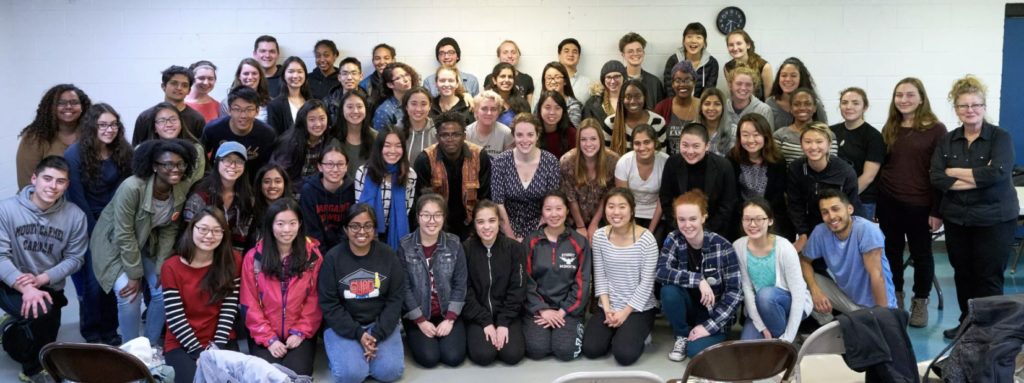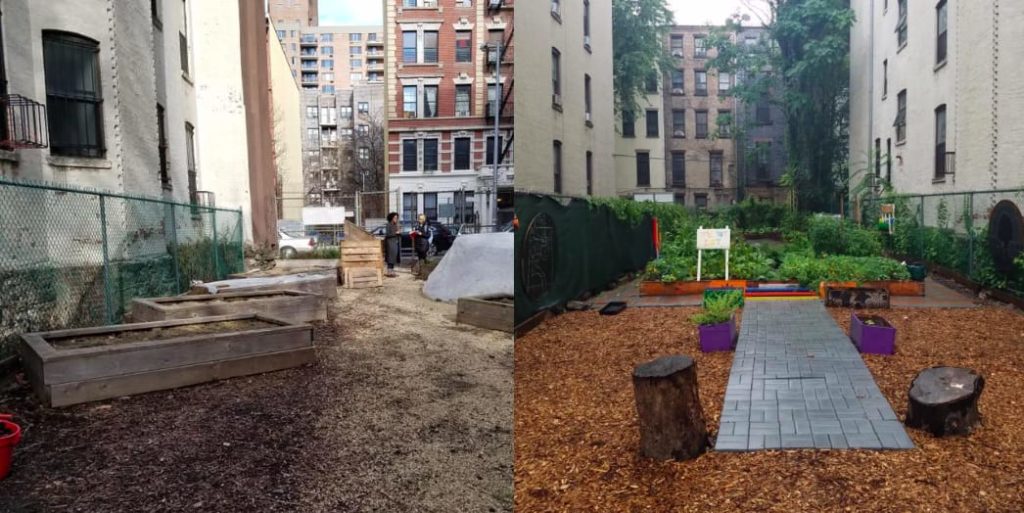Advice from the Real Estate Roundtable: Real Knowledge, Real Experience
The commercial real estate industry can feel opaque and even intimidating to outsiders and newcomers. Armed with a bit of practical guidance and the right analytical tools, however, anyone can learn to navigate real estate investment and development.
To learn more about the integral components of commercial real estate, eCornell hosted a special roundtable event with lecturer Jeanne Varney, professor Jan deRoos and lecturer Brad Wellstead from Cornell’s SC Johnson College of Business. Here’s what they had to say.
What are the risks associated with real estate development?
Varney: Real estate development is a time-intensive process. It’s years of planning and construction. The designers, general contractors, architects, and engineers all have to work together to get everything finished. There’s the cost of capital itself, and the financing. Then there are unforeseen conditions, like market dynamics. There are also risks related to liquidity.
Wellstead: In the beginning, the primary risks concern the development. Next, there are schedule, budget, and quality issues to consider. Then, there are risks concerning the internal factors of the development team. There are external risk factors too.
So, from an investment standpoint, why is commercial real estate thought of as relatively sound?
deRoos: If you’ve completed your foundational work correctly, a good asset in a good market with good political support and good financing can produce solid returns for a long time. The retail industry is a recent example of how the world can change: it slowly changes, then all of a sudden there’s a tipping point.
Let’s talk about property prices and how to negotiate when properties are sold.
deRoos: Property pricing is based on expectations of what will happen in the future. It’s the intersection of two things: the cash flow that one can derive from an asset and how the capital markets treat those cash flows. When negotiating a price between a buyer and seller, first you’ll negotiate price. Once you have a tentative agreement, the focus turns to the balance sheet.
deRoos: The first rule of real estate is never fall in love with something that doesn’t love you back. That requires you to know the price at which you could sell it to the market. If it’s worth more to you than it is to the market, you hold it. If it’s worth more to the market than it is to you, sell it. The best asset management discipline is to do that rigorously on an ongoing basis.
Wellstead: It’s important to determine if you are in this for a quick turnaround, which in real estate might be two to three years, or twenty years. This decision influences how you manage that asset.
deRoos: Some create a lot of wealth for themselves by being flippers, and some create a lot of wealth as operators. A flipper is concerned about creating value and exiting at the right time. An operator is focused on leasing activity, taking care of tenants, and enhancing the property value.
Switching gears, what are the most important things to focus on when raising debt capital?
deRoos: You need to maximize your proceeds. In U.S. real estate, non-recourse means that the lender’s only recourse is to foreclose on real estate if you default. You get a free option to sell the real estate to the lender for the remaining balance, which is a bit cynical, but it’s also a very real option. You really need to limit your recourse as much as possible when you borrow.
Why is it more advantageous to raise debt capital over equity capital? What’s the variation in risk?
deRoos: Debt is cheap. Think of it this way: I want to buy something for $100. I have $30 of my own money. I need to raise $70. If I bring in a partner, they want to help me drive the bus. If I bring in a lender, they have their hands pretty far off the wheel of the bus. A lender is much less expensive.
Why is raising equity capital so hard?
deRoos: The hardest thing in life is asking someone to be your life partner. The second hardest thing you’re going to do in life is to ask someone for money. Investors are giving up liquidity. It’s really hard to get your money out. Investors give up control. They have to trust you to do the right thing to produce returns for them. You need to make that attractive by putting a structure in place that gives you all of the returns after I pay debt until you achieve a certain required rate of return, and then I get paid handsomely. It’s called a promote structure, used very commonly in private equity.
What about investment strategy advice? How do you know whether you’re making a good investment?
deRoos: Figure out how you add value and then add value to it. Ask yourself the following: “How will I add value? Do I know design? Do I have unique access to money? Do I have unique relationships with tenants? What is my value-add?” Then partner up with other people who can bring another piece to the table and do the things that really add value.
Finally, let’s discuss the economics of sustainable development.
Varney: There are growing legislative requirements when it comes to sustainable development. There’s a much greater level of education with all of the service providers, architects, engineers, designers, or manufacturers. Some municipalities even have requirements for building certifications like Green Globes or LEED certifications. They have expediting permitting processes for projects that are sustainable. There’s even a growing field for green lending.
More efficient equipment translates into less energy costs, so hopefully higher profitability, or more reliable debt service. There’s also solid research that shows sustainable buildings have higher leasing occupancy rates and higher leasing rate rental rates. Healthier indoor environments means less toxins and more efficient equipment. A LEED certified building is a higher quality building. We call it a halo effect or a positive reflection on the company.
For more information on real estate and investments, check out eCornell’s certificate programs designed by deRoos, Varney and Wellstead, including Commercial Real Estate and Hotel Real Estate, or watch the full Cornell Keynote, A Real Estate Roundtable, here.

